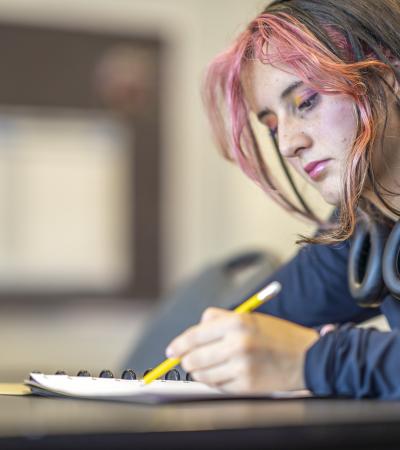Hacking Electronics is a series of programs for teens that allows them to create and explore using different forms of techonology.
Advanced Planning
The Hacking Electronics series is planned by the senior youth librarian and the teen librarian. We have featured various types of technology, including:
- laser tripwires, which use a laser pointer and photoresistor to make a laser tripwire alarm
- DC motor fans controlled by temperature sensors, which turn a fan on or off based on the ambient temperature of the room
- mood lamps that use a RGB LED and a temperature sensor to respond to your touch
- pressure plates that we made using cardboard and aluminum foil
- LED matrix animations, simple animations to scroll across a LED matrix
- box alarms that we made using a flex sensor; the flex sensor triggers when someone opens the box without authorization
- light theremin that changed the pitch of a piezo buzzer using a photoresistor
We have found that weekends work best for these events.
Marketing
The series is advertised in our seasonal newsletter, our library website, through posters displayed at the library and fliers placed on the tables in the teen section of the library. We also advertise programs through email. Once the newsletter is released to the public, we begin placing the fliers in the teen section and hanging the posters. As the program date approaches, the event is promoted in the "What's Happening" section of our library homepage.
Budgeting
Money was spent on the equipment, like Arduinos. Cost can be shared with partners (like the local schools) or you could possibly program share with another library.
Day-of-event Activity
We hold the programs in our multipurpose room, which is separated from the rest of the library. Laptops and equipment need to be set up prior to the event.
Program Execution
Teens show up for the program and find a work station. The presenter walks them through the processes of gadget use, like how to program, build, tear apart and rebuild. We usually have about 10 to 15 teens at each event. Participants' feedback has been positive..
Advice
I would suggest starting with simple projects and seeking out skilled partners in the community to help.




